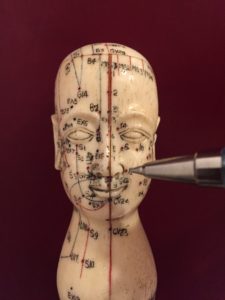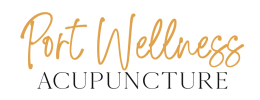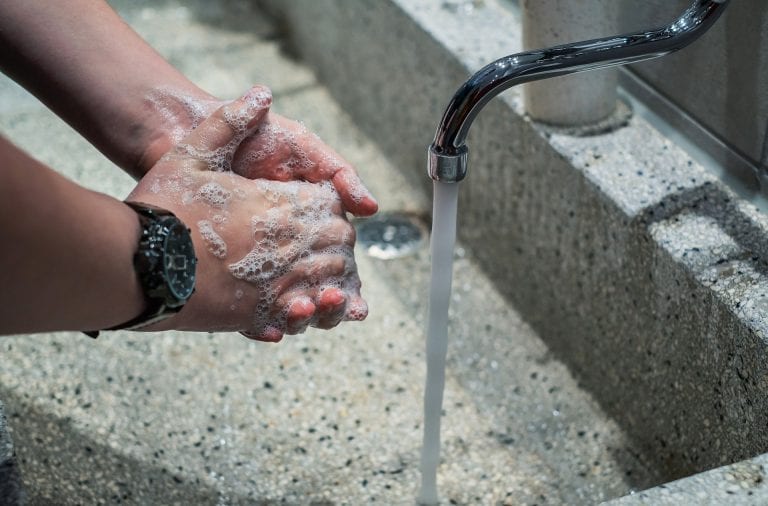“Welcome Fragrance:” Every Acupuncture Point Tells a Story

When you come for acupuncture, the points used tell the story of your treatment, a bit about acupuncture theory and where you were needled.
Most of the 400 points we learn in acupuncture school are assigned to a “channel” that describes what organ they are associated with and where they are on the body (arm or leg, inside or outside, front, back or midline). The points are also numbered. For example, the Heart channel starts at the armpit, runs along the inner arm, ends at the small finger and has only 9 points. The Urinary Bladder channel has 67 points, and extends from the inner eye, up across the head, up and down the back, and finally down the back of the leg to the tip of the little toe.
Here are examples of some colorful names along with their channel number. Welcome Fragrance (also known as Large Intestine 20; boring name, right?) is located next to your nostril and is used to relieve a stuffy nose. Calf’s Nose (Stomach 35) has nothing to do with nose symptoms; it is located in the dimples of the knee and is used for knee pain. Worm Eater’s Groove (Liver 5) is located on your shin bone, and is easy to find because you can easily feel the bone to find a little groove that resembles the damage a hungry termite makes. Tear Receiver (Stomach 1) is just under the center of the eye on the border of the eye socket. Bright Light (Gallbladder 37) is on the outer lower leg and is used to treat disorders of the eye.
How did the points come to be named in such varied ways? Consider that one of the principles of acupuncture treatment is to help the body achieve and maintain the smooth flow of Qi and Blood. We often compare this process to water flowing freely and nourishing everything along its banks. Therefore many points have a water reference (Crooked Pool, Large Intestine 11). Because the body is seen as a microcosm of the universe, tendons, bones and other physical landmarks are compared to mountains and valleys. Point names can describe an anatomical location, a reference to animals or plants, an architectural feature, the function of a point, or even a celestial description.
Anatomical name: Lower Hinge (Stomach 7) refers to its location at the outer corner of the jaw. Girdle Vessel (Gallbladder 26) is at the level of the navel on the side of the body, where a belt might rest. Middle Stomach (Ren 12) is located midway between the tip of the sternum and the navel, so now you know where to find it!
Water name: Great Deep Pool (Lung 9) compares the “great rendezvous of the pulses” to a great body of water.
Functional name: Head Tied (Stomach 8) is just inside the hairline at the side of the forehead. It’s used to help “unstuff “ a stuffy head cold. Palace of Hearing (Small Intestine 19) is located just in front of the ear. And below that is Reunion of Hearing (Gallbladder 2). Sea of Blood (Spleen 10) describes a major point that is used to relieve pain, due to it’s ability to move Blood all over the body.
Celestial name: Upper Star (Governor Vessel 23) is located on the top of the head, toward the front hairline.
Animal name: Fish Border (Lung 10) is in the center of the meaty flesh of your thumb; it benefits the throat. Look at your thumb; can you see the fish body (the metacarpal or fleshy part) and fish tail (thumb digit)?
A memorable point will be easier to find so you can massage it at home in the future if needed.
At your most recent acupuncture appointment, did you ask about any of the points that were needled? Do you remember any point names? Ask your acupuncturist to tell you the story of your treatment.



